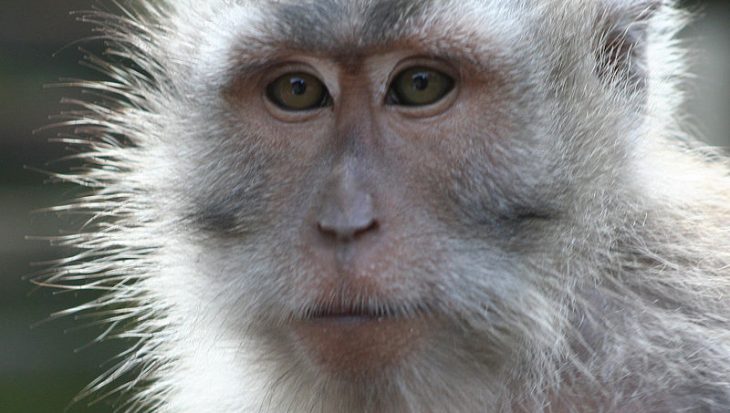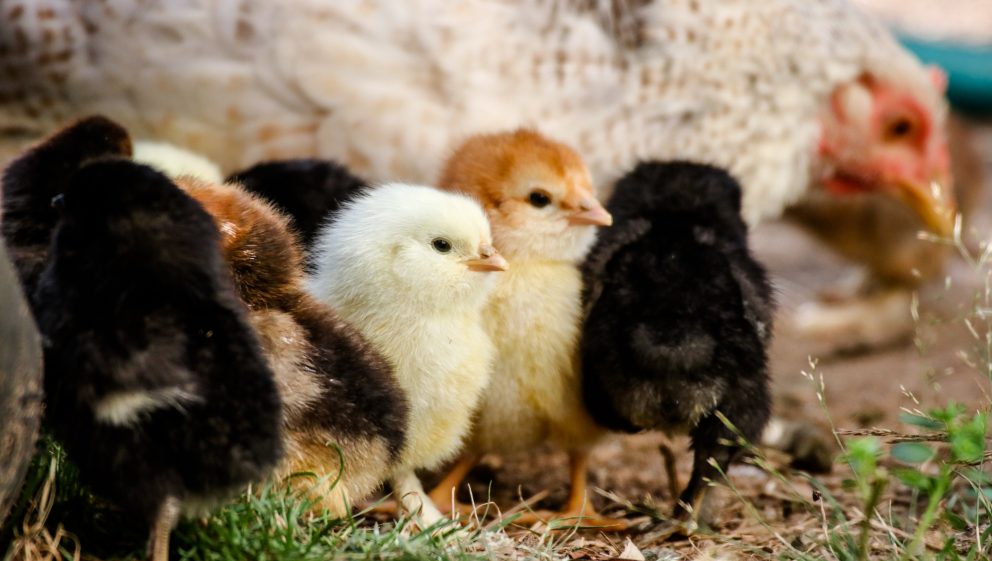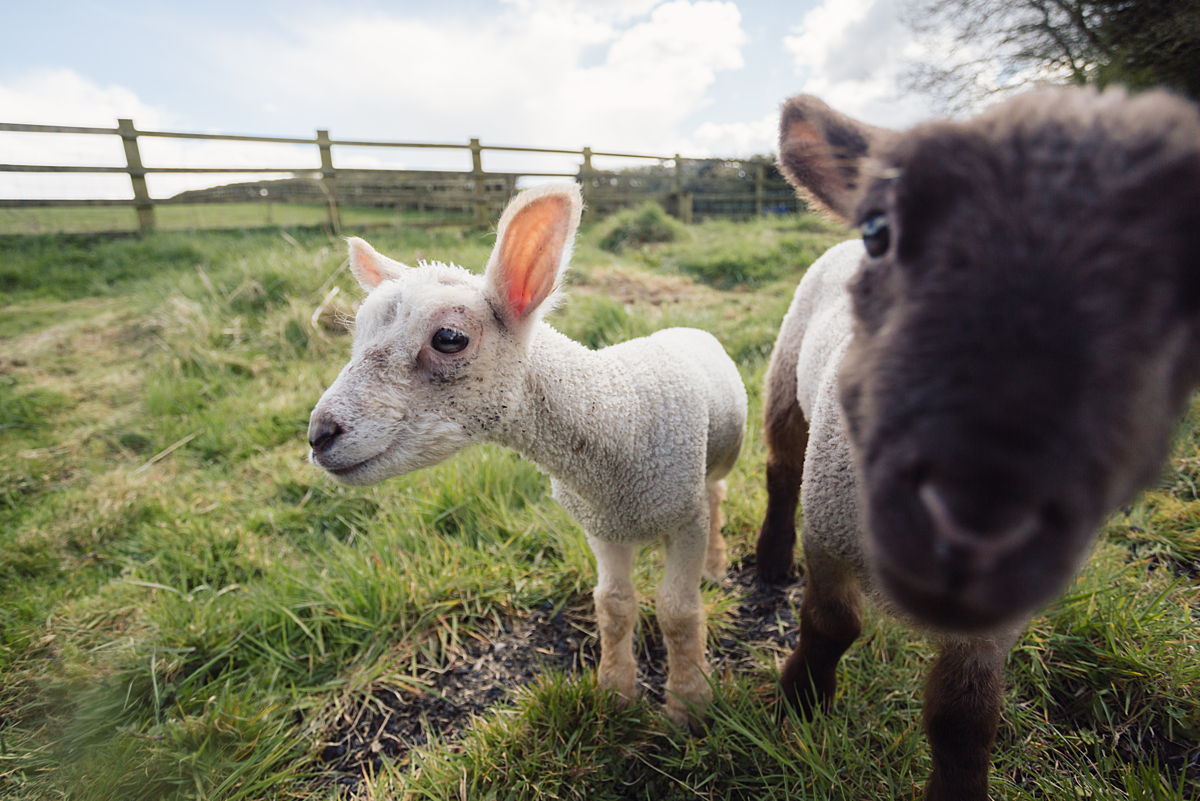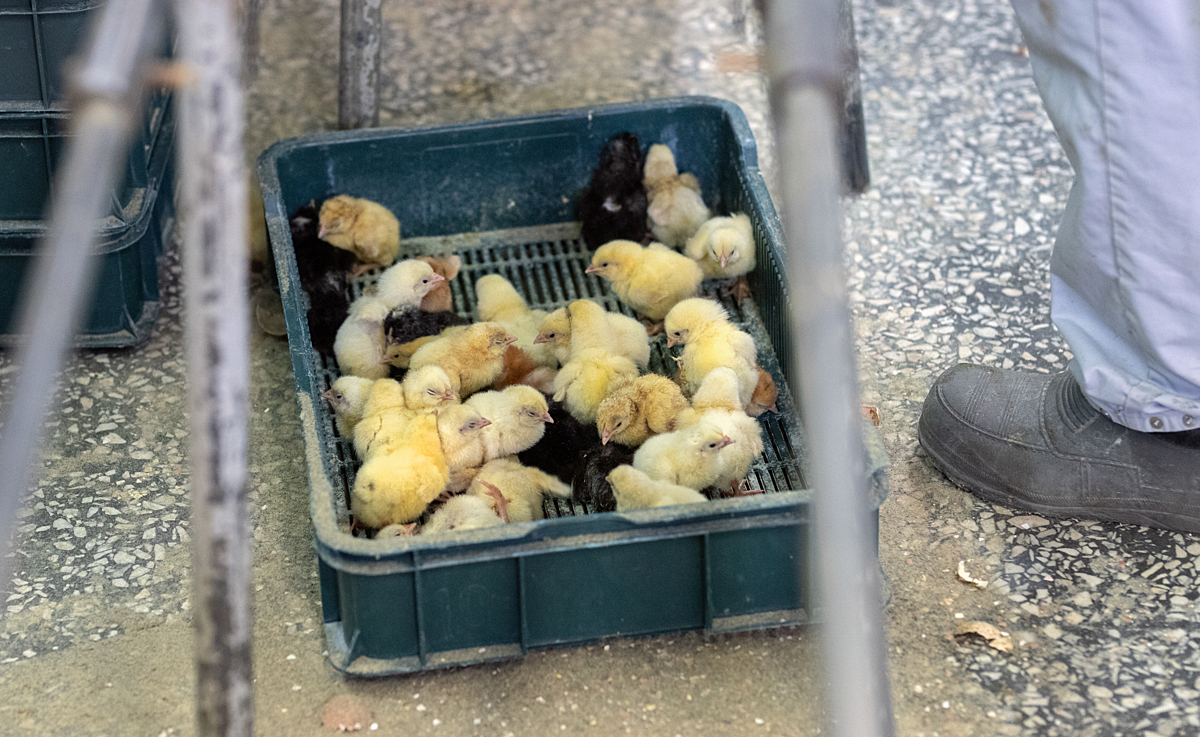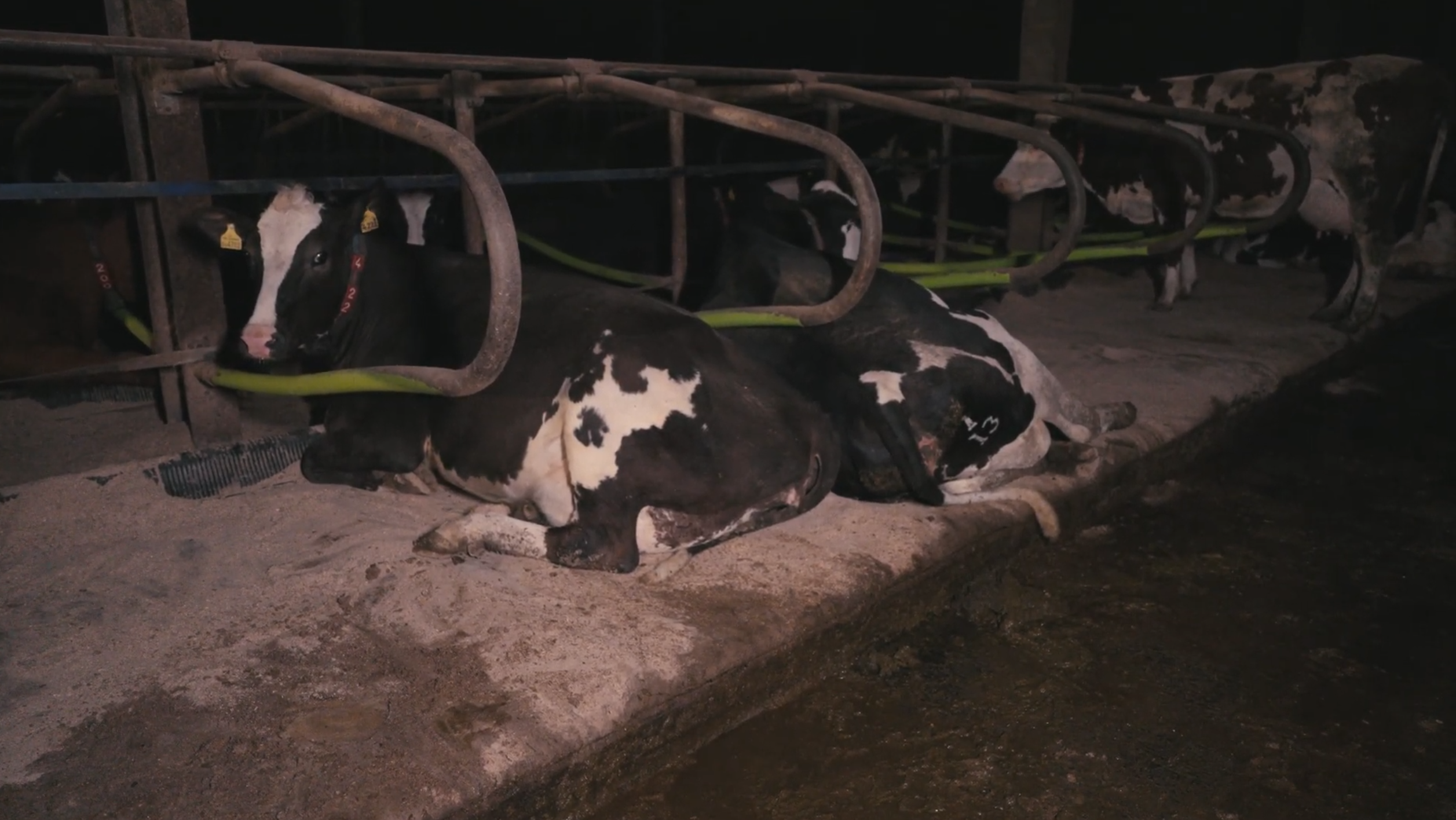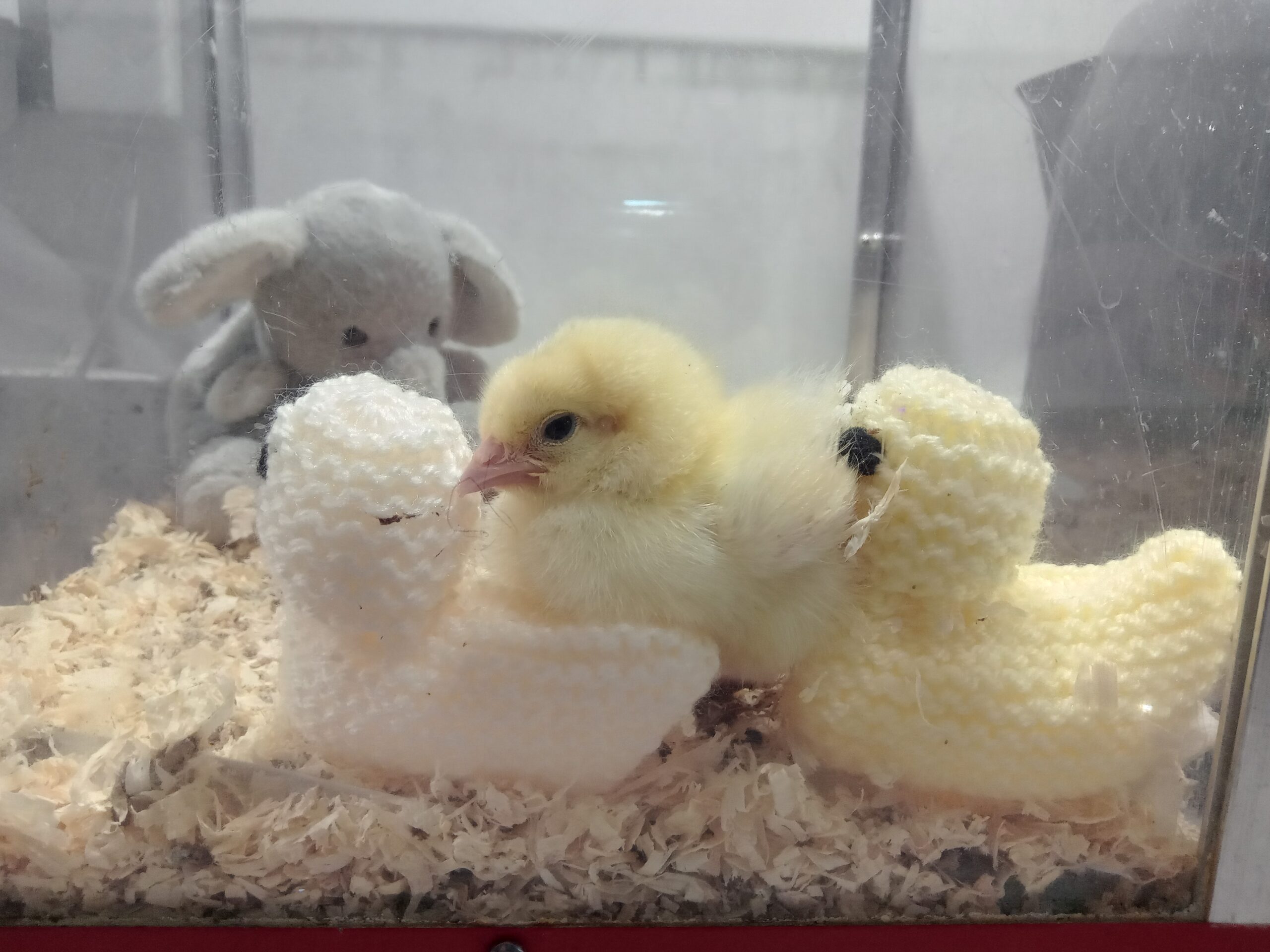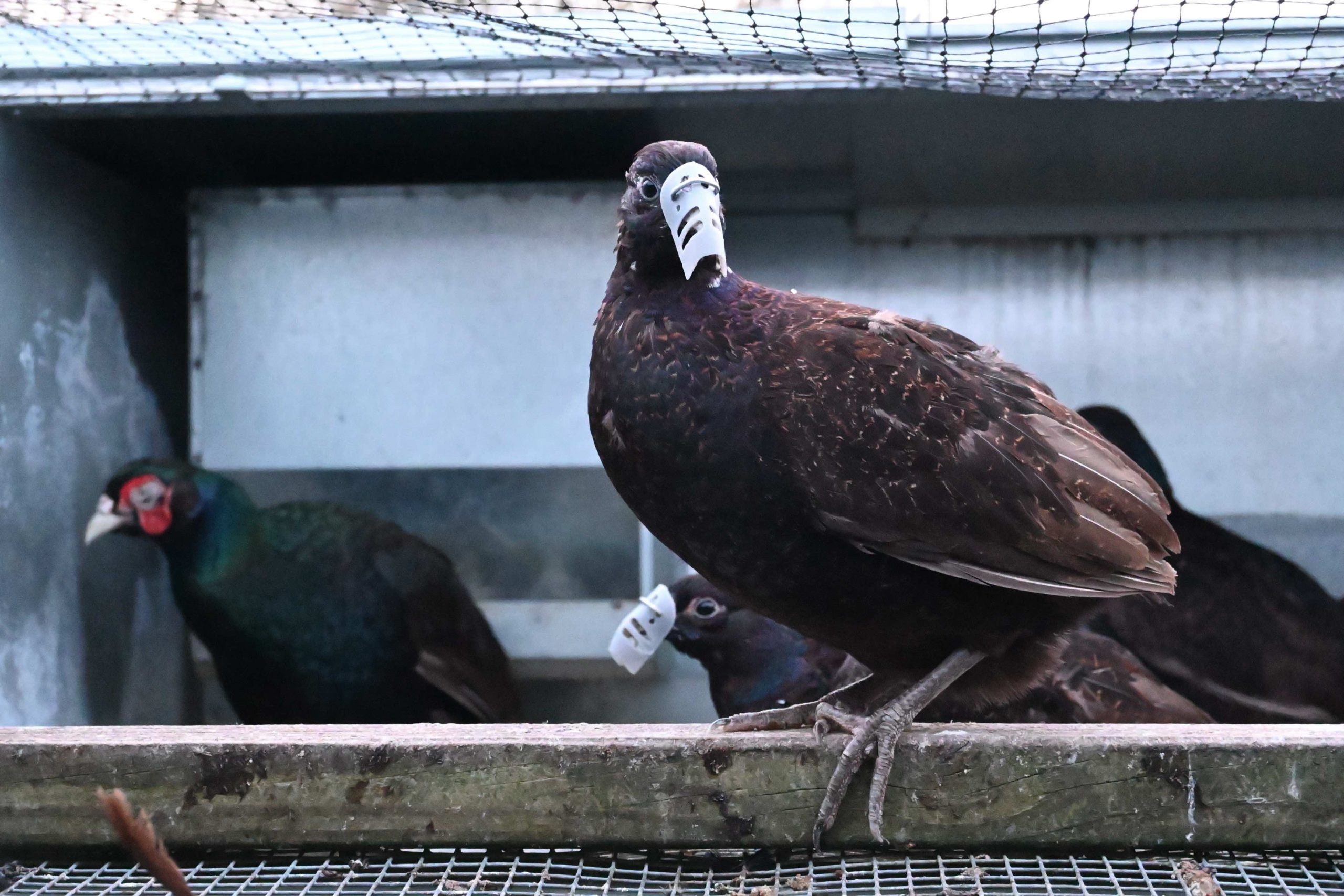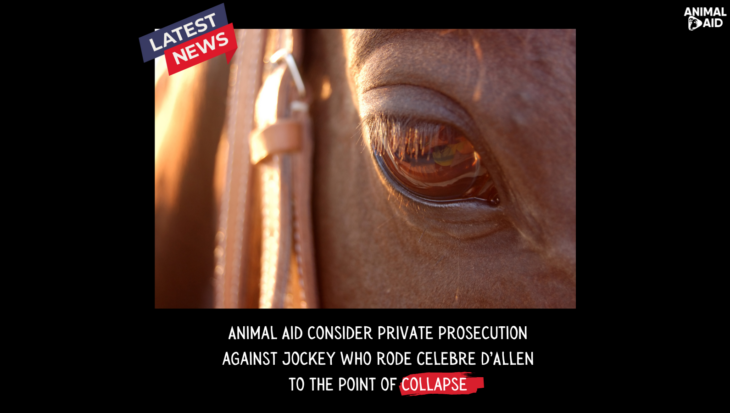Easter is one of the oldest known holidays, symbolising new life and rebirth thanks to its ties with Christianity and the tale of Jesus’ resurrection. Couple this with sunnier weather and school holidays, and Easter is a special time for many people – but where do animals fit into these celebrations?
Like all farmed animals, lambs’ lives are short and brutal, but the industry doesn’t want consumers to know this.
For example, the industry claims that castrating lambs soon after birth is necessary to reduce unplanned breeding, yet lambs are slaughtered before reaching sexual maturity. The real reason is that castration encourages weight gain and therefore more money come slaughter-time. Similarly, tail docking is claimed to be the “only practical means” of managing fly infestations and yet populations of wild sheep have exist just fine without having their body parts removed. How far will the industry go to keep up the charade of Easter ‘tradition’?
Commercialised cruelty
Dating back to ancient times, the egg symbolised new life and fertility. Like with lambs, it’s ironic that the consumption of eggs actually prevents new life from being born.
In natural conditions, a mother chicken (known as a ‘hen’) would take great care of her unhatched eggs, even using a special call to communicate with the chicks inside. But on commercial egg farms, hens and chicks never meet. Instead, chickens destined for egg production are hatched inside industrial incubators. Female chicks will replace their mothers as ‘layers’ while male chicks, who cannot lay eggs, will be killed for being economically ‘useless’. 40-45 million of these newly hatched chicks are macerated or gassed in hatcheries each year, on their very first day of life.
And then there’s dairy…
…one of the most cruel and exploitative methods of animal farming. In the UK, as many as 90 million chocolate eggs will be sold at Easter, most of which will contain cow’s milk.
Yet many people don’t realise just how cruel the dairy industry is: almost all cows are made pregnant via artificial insemination (a traumatic and invasive assault), a fifth spend their entire lives indoors in ‘zero grazing units’ and around 20% of cows are suffering from mastitis (a painful inflammation of the udder) and/or lameness at any one time. Crucially, the separation of mothers and calves is a fundamental part of dairy production – there is no milk or dairy product that does not involve this devastating separation of mother and baby.
Egg decorating dates back to the medieval age, when eggs were forbidden during Lent. Instead, paintings of eggs and decorating eggs boomed in popularity. Nowadays, instead of using the eggs of chickens, ducks and other birds, please buy the wooden or cardboard variety found in most craft stores – they can even be reused next year!
Finally, ‘game’ bird shooting. There is perhaps no animal rights violation quite like breeding birds into existence simply so that they can be shot…for fun. Yet that’s exactly what the shooting industry entails: thousands of pheasants and partridges confined to cages their entire lives and forced to produce millions of chicks that will go on to feed the industry’s insatiable appetite for cruelty.
Please click here to sign our petition to ban the cruel and indefensible shooting of 'game' birds.
